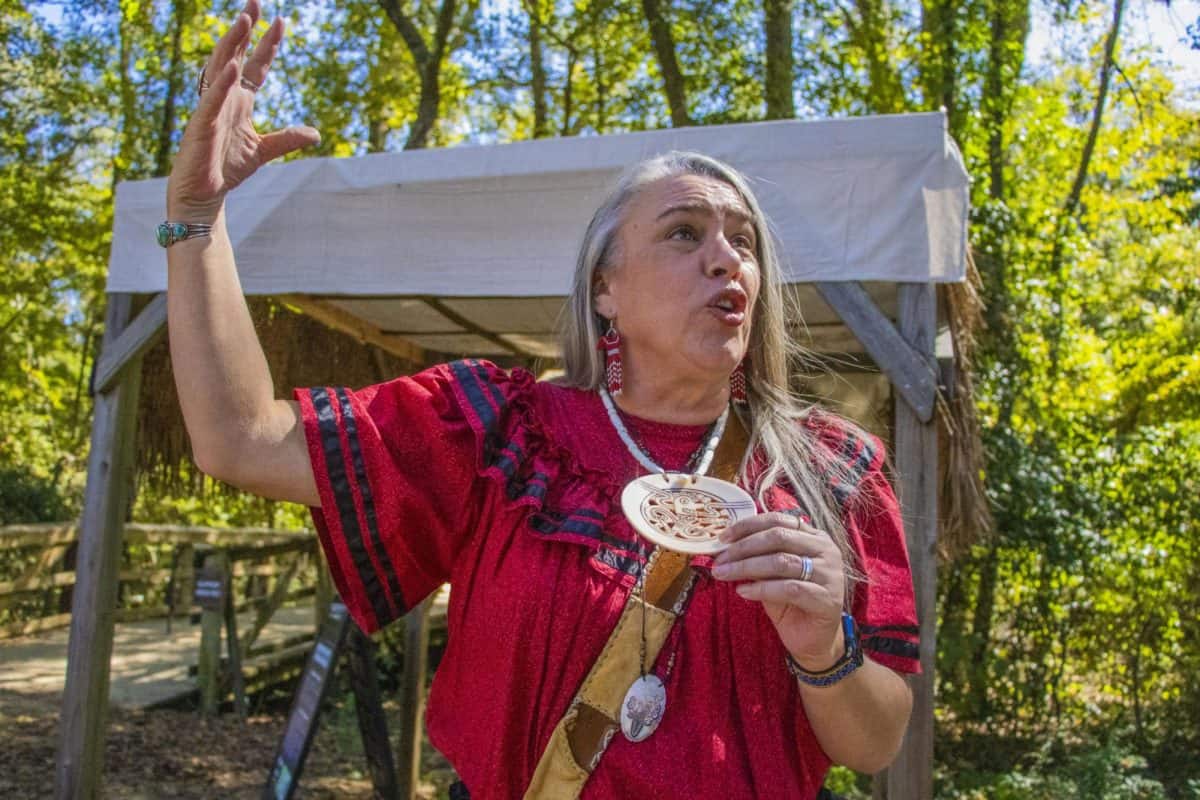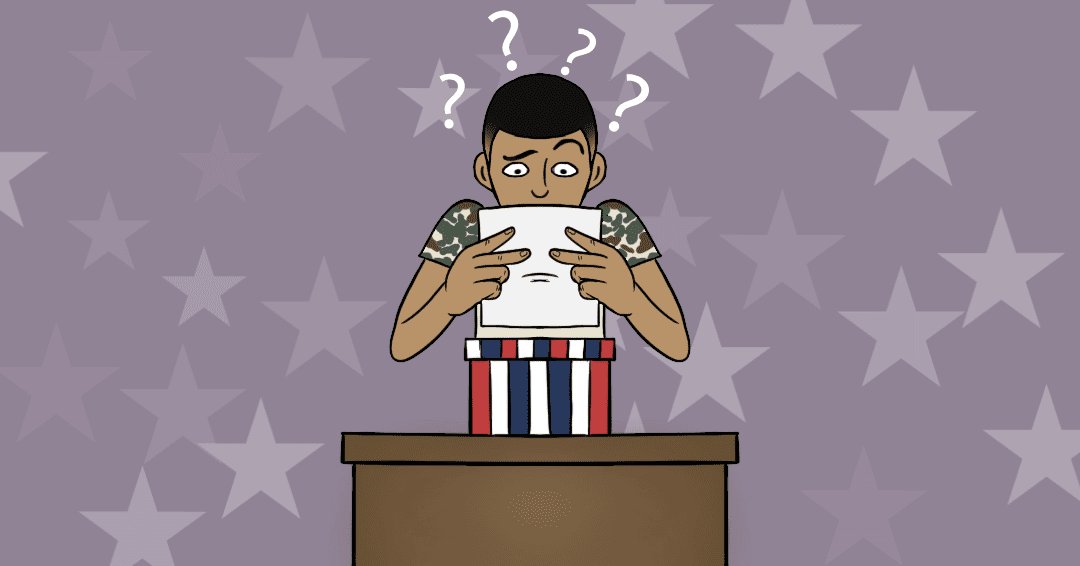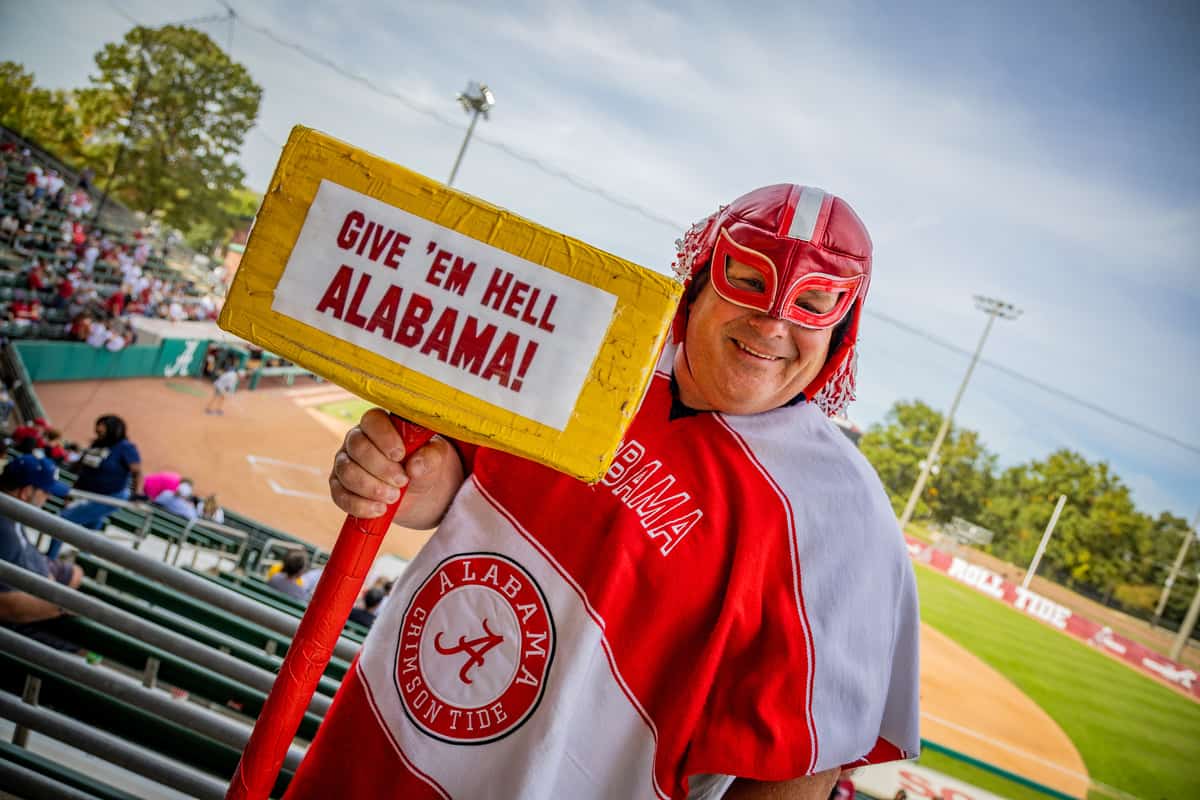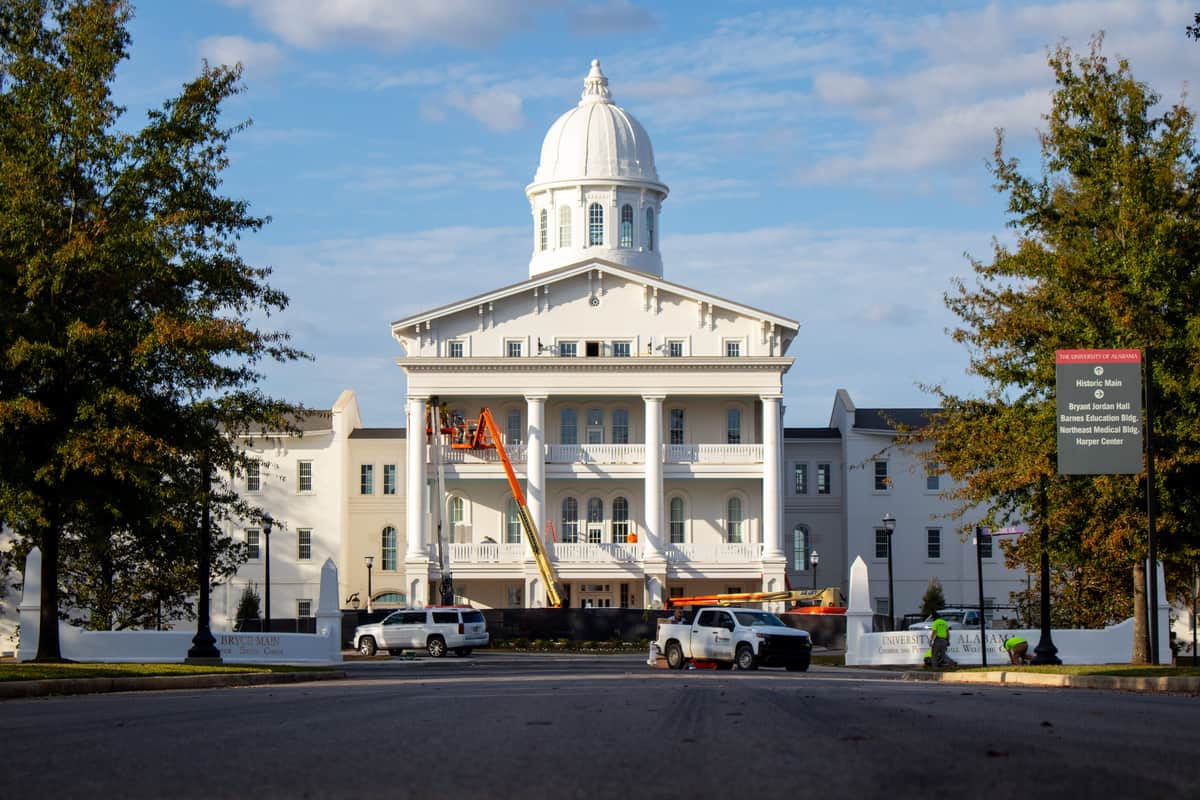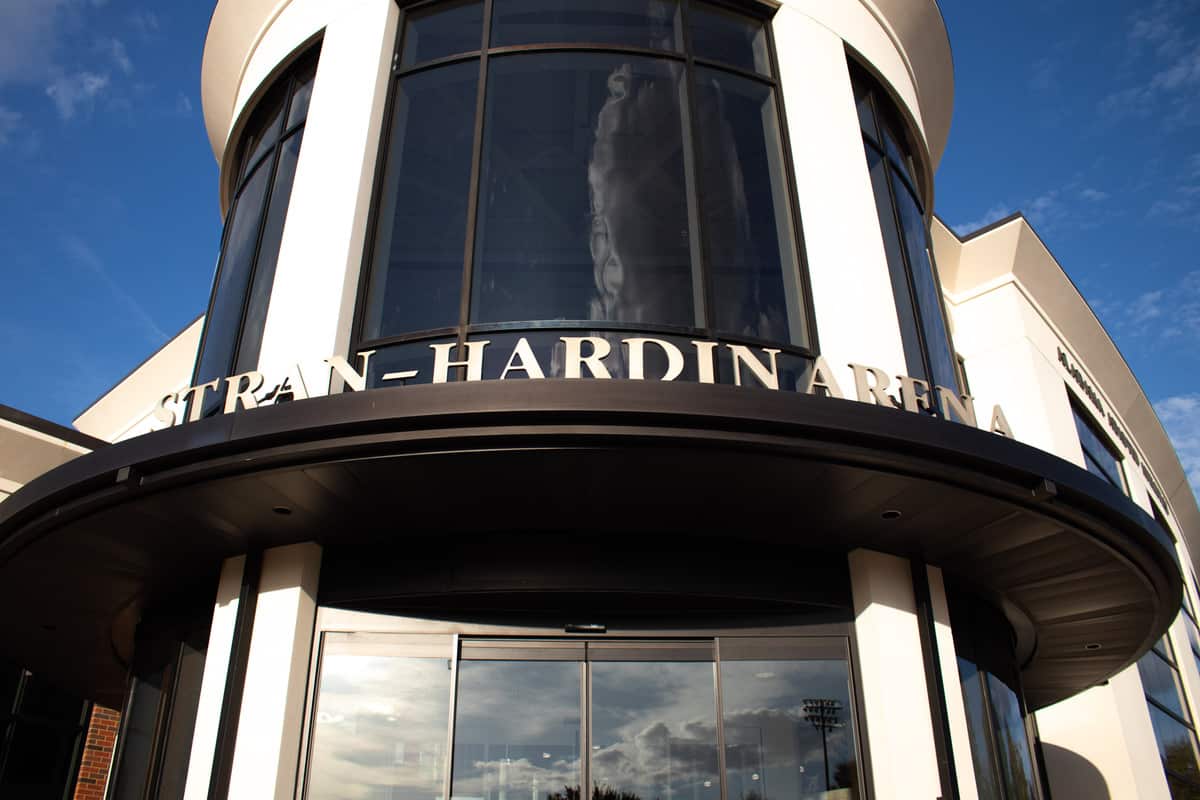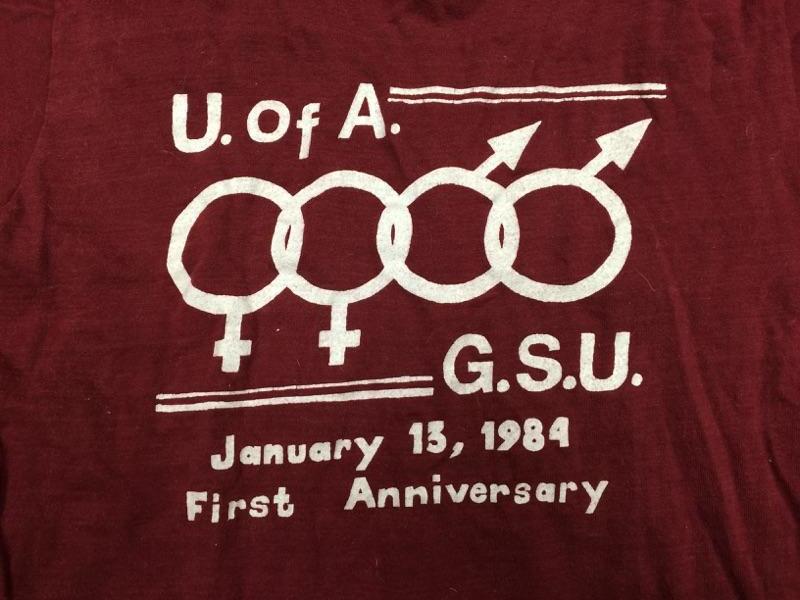November is Native American Heritage Month and highlights the persistence of Native American cultures and traditions despite years of oppression and the constant threat of erasure.
This month is meant to bring attention to Indigenous groups in the United States, such as the Cherokee and Creek, and celebrate their achievements as a testament to their survival, particularly through storytelling and art.
A storyteller and bone flute musician named Billy Whitefox, a member of the Muscogee (Creek) Nation, discussed how he has preserved and shared his culture throughout the years despite the challenges he faced growing up.
Whitefox said he was once forbidden to speak his Native language, Muscogee, when away from his home, even around his friends.
“When I was about 7, living with my grandfather in Silas, Alabama, and learning my language from my great-grandmother, I spoke some words outside,” Whitefox said. His grandfather immediately warned him not to “because our friends were not tribal. We were not supposed to be there, or you were meant to blend in with everybody else.”
Whitefox admitted it was hard for him to understand his grandfather’s attitude growing up. He wondered why he was expected to lose or hide a part of who he was as he came into adulthood. Rather than submit to this truth, he learned as much as he could from his great-grandmother, his language and folktales, before her passing. His great-grandmother’s stories survive today because of him.
“Since the ’50s and the ’60s, everybody’s wanting to learn,” Whitefox said. In this new day and age, Whitefox takes the opportunity to share the stories he knows so that they can survive for another generation.
Dan Townsend, a member of the Muscogee Nation and Cherokee Nation, rescued a dying Native American art. He is a full-time artist and has been for 45 years, carving seashells.
“When I first started carving, there were only two shell carvers that I knew of in this country. It was me and another artist from Oklahoma. He has since passed,” Townsend said.
Seashell carving was a style of art for many Native tribes along the eastern and southern seaboard of the United States. What was once an art close to extinction has made a revival thanks to Townsend’s efforts in teaching tribal communities over the past 20 years. Over that time, he says he has taught about 400 students. His students have won blue ribbons across the nation.
His personal achievement is having documentation of his work from the Creek Nation Council House Museum submitted to the Smithsonian National Museum of the American Indian in 2004.
“There must have been a million and a half spectators. I think 525 different tribes throughout the United States, almost all the federally recognized tribes in North America, had gathered there, and it was quite phenomenal,” Townsend said.
Out of 3,700 applications to the Smithsonian Institution, “maybe a dozen were chosen” to represent a different region of the United States, Townsend said. His shell-carving work was selected to represent the tribes of the Southeastern United States. “And it was an honor.”
Townsend has taught his art at the University of Maryland, Northwestern University and the University of New Mexico, but his primary concentration is teaching Native communities.
Storyteller Amy Bluemel of the Chickasaw Nation discussed how influential Indigenous cultures have been to American society despite their erasure and assimilation into white American culture.
“We were told that there was a dance we did in school, and it was called ‘Crack the Whip.’ It’s the ‘Snake Dance.’ This is a Native dance and as colonization came across, they saw it and they joined in,” Bluemel said.
However, despite the erasure and shunning of Native cultures, Bluemel sees a newfound pride among younger generations of Native Americans and a resurgence of Indigenous cultures. She is particularly aware of how social media has helped diffuse Indigenous voices and cultures to the mainstream.
“My grandfather grew up in schools where they beat you and put you in a closet if you spoke your language. And these kids now are learning their languages and they’re speaking it,” Bluemel said.
As a storyteller, she finds the preservation of oral tradition to be important, as many people are ignorant of the Indigenous influence in American culture and history.
“It doesn’t matter if you’re Indigenous or non-Indigenous. If you live here, this is your history. And what a wonderful history,” Bluemel said.
Heather Kopelson, an associate professor of history at the University, emphasized the importance of talking about Native Americans as “active agents,” especially in conversations about the erasure and preservation of their cultures. Some of the examples she gave are the Dakota Access Pipeline protests in 2016, the review of the Indian Child Welfare Act, and the renaming of Washington, D.C.’s NFL team from the Redskins to the Commanders.
Her point was that Native Americans are continued survivors and are persistent in their efforts to keep their land sacred, their children kept within their communities, and their cultures safe from misuse and appropriation.
Here at the University, a student-led organization for Native Americans and Native allies is developing. BISON, the Bama Indigenous Student Organization Network, is an up-and-coming group founded to bring awareness to Native issues and struggles, according to Kopelson.
A Cherokee language class led by Gary Drowning Bear has also been introduced to students over the summer and is being taught this fall.
Native American Heritage Month is a time to remember and honor the contributions that Native Americans have made to this country and continue to make to this day. Because of their persistence, their cultures have stood the test of time and are key to the multicultural identity of the United States.



